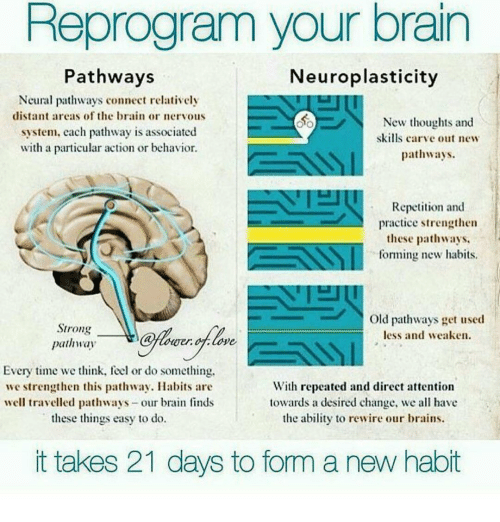Prompts I will be answering:
- Based on your reading, would you consider your current instruction style more behavioralist, cognitivist, or constructivist? Elaborate with your specific mindset and examples.
- Share a story about how you overcame a learning challenge. Why was it a challenge? What strategies did you use? Use the language you learned in this unit.
Although my instruction styles have changed throughout my education, I would consider a behaviouralist style as best fit for my current style. I find that increased frequency of repetition is when I learn best. However, being a sociology student – this is not often a technique I can use with the material I’m taught. Sociology, and many other social sciences, require critical thinking and the ability to apply its material, whereas classes I’ve taken in other disciplines (like sciences) often fit behaviouralist styles better due to its dependence on memorizing the material. After reading Chapter 11, I realized that I mix both behaviouralist and constructivist styles. I use behaviouralist styles when it comes to reinforcing material such as historical events and sociological definitions. I found that I solely used a behaviouralist style last year for a required statistics class, when the constant repetition of problems and formulas was the best option. I did not resort to a constructivist style of construction, in which I could not make my own personal meaning of the material based on individual experiences, as the class was very formulaic and structured.
This was quite challenging for me to adopt at first, as I am very comfortable with constructivist structures and critical thinking. I had to follow a certain method in that class – in which knowledge was necessarily flexible enough to change. For example, I had to re-learn the way I approached statistics, it was very different from the math I had learnt in high school. Like the concept discussed in The Backwards Brain Bicycle, a skill I was comfortable with was challenged and I was forced to unlearn my previous behaviourist construction style to adopt a constructivist one, to thus relearn the discipline of statistics. By connecting the content of this video to my past learning experiences, I newly learned that knowledge does not equal understanding, and that in order to excel in areas I’m unfamiliar with, I must be careful of the way I interpret things and be willing to change them.
Relating to the neuroplasticity of the brain, I found an interesting image that directly relates to the video:

This image reinforces the idea mentioned in The Backwards Brain Bicycle, in which the brain is apart of an algorithm in which unlearning and re-learning a skill disrupts its ‘control system’, making it difficult, and that exposure is just not enough. Instead, like I did with in that statistics class, we must not assume that understanding something is not enough to classify it as being knowledgeable in that area. Willingness to challenge the concept of cognitive biases must be done through “repeated and direct attention towards a desired change.”
References
Ertmer, P. A., Newby, T. 2018. Behaviorism, Cognitivism, Constructivism. In R. West (Ed.), Foundations of Learning and Instructional Design Technology (1st ed.). Available at https://edtechbooks.org/lidtfoundations.
Monet, M. (2019, September 4). Neuroplasticity is Mind Boggling Science. Medium. https://medium.com/invisible-illness/neuroplasticity-is-mind-boggling-science-29a215e44096
SmarterEveryDay. (2015, April 24). The Backwards Brain Bicycle – Smarter Every Day 133 [Video]. YouTube. https://www.youtube.com/watch?v=MFzDaBzBlL0